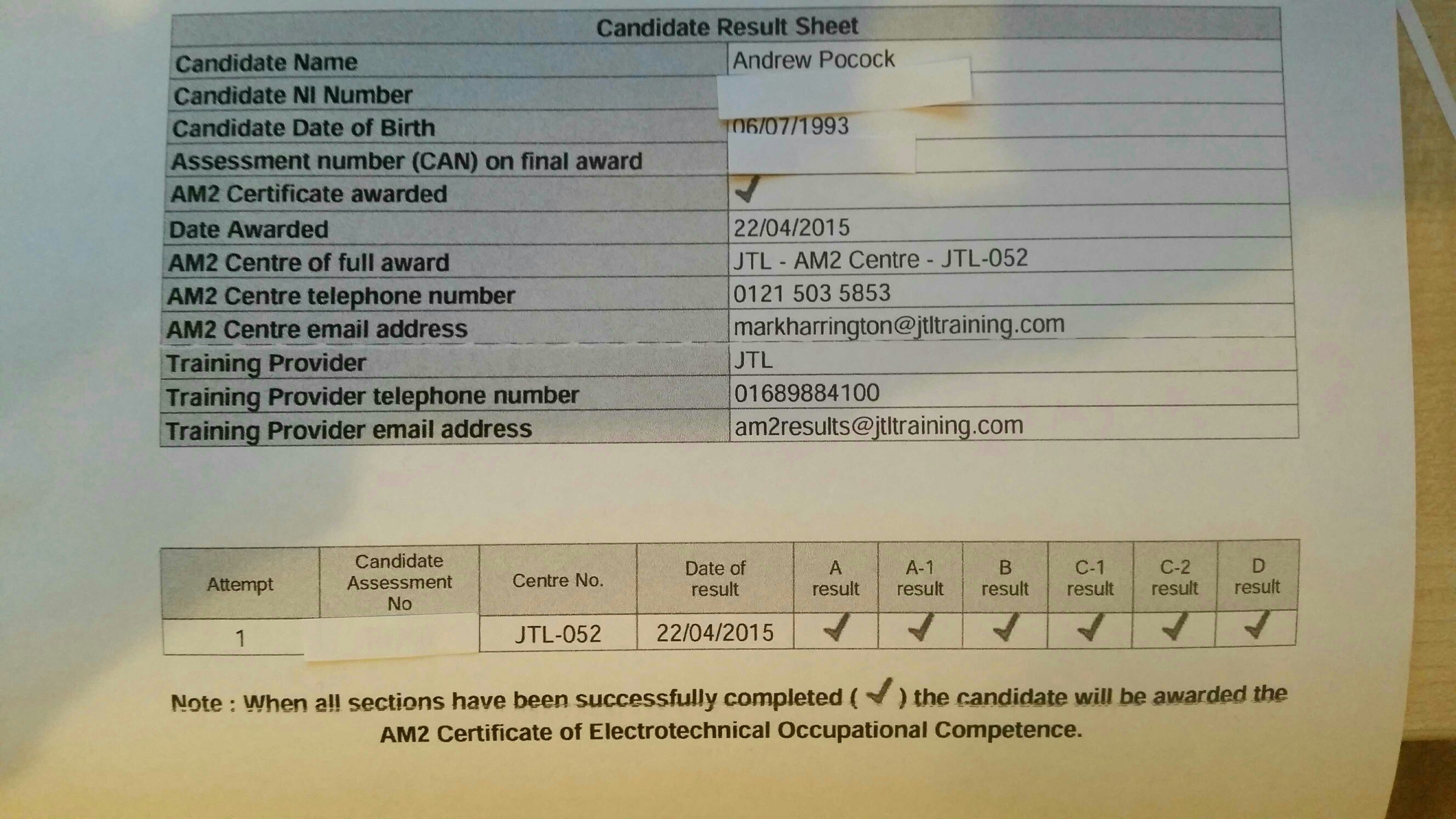P
putalightuponce
Hello all,
I could use some help here:
I was recently asked to do an EICR at a small warehouse/office unit.
The installation was, to put it mildly, less than satisfactory; with multiple C1 and C2 conditions. However, of greatest concern to me were the insulation resistance readings I was getting. I left the job, trying to explain the severity of the condition to the client, but still feel under the circumstances, he is unlikely to take any further action, despite his report been top to bottom in 'further investigation's.
Whereas I'm sure everybody on here has had this at some point (if not daily), it is the specifically the IR fails I am still scratching my head over.
2xsockets in floor boxes, 3xsockets in dado trunking, 3xlighting circuits, and 2xhand dryer spurs were all returning 0Mohms IR L-E, yet none of the associated breakers were tripping or had been problematic in any way. Breakers and board were old (maybe late 70s early 80s), no markings on breakers except obvious ratings, but I'm assuming wiring can't have been of same period unless floor boxes and dado trunking wre popular back then?? The decor and fittings were certainly more recent.
I was pleasently suprised to find a single A4 schedule of circuits reinforced with several layers of tipex and the board had a Ze and PFC reading written in it from 2002, but that was it for records.
Any thoughts???
I could use some help here:
I was recently asked to do an EICR at a small warehouse/office unit.
The installation was, to put it mildly, less than satisfactory; with multiple C1 and C2 conditions. However, of greatest concern to me were the insulation resistance readings I was getting. I left the job, trying to explain the severity of the condition to the client, but still feel under the circumstances, he is unlikely to take any further action, despite his report been top to bottom in 'further investigation's.
Whereas I'm sure everybody on here has had this at some point (if not daily), it is the specifically the IR fails I am still scratching my head over.
2xsockets in floor boxes, 3xsockets in dado trunking, 3xlighting circuits, and 2xhand dryer spurs were all returning 0Mohms IR L-E, yet none of the associated breakers were tripping or had been problematic in any way. Breakers and board were old (maybe late 70s early 80s), no markings on breakers except obvious ratings, but I'm assuming wiring can't have been of same period unless floor boxes and dado trunking wre popular back then?? The decor and fittings were certainly more recent.
I was pleasently suprised to find a single A4 schedule of circuits reinforced with several layers of tipex and the board had a Ze and PFC reading written in it from 2002, but that was it for records.
Any thoughts???












